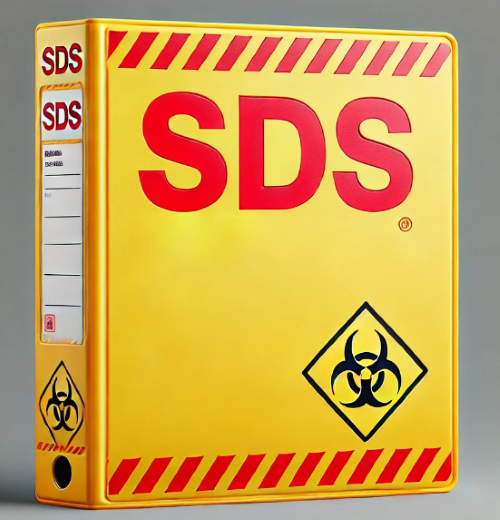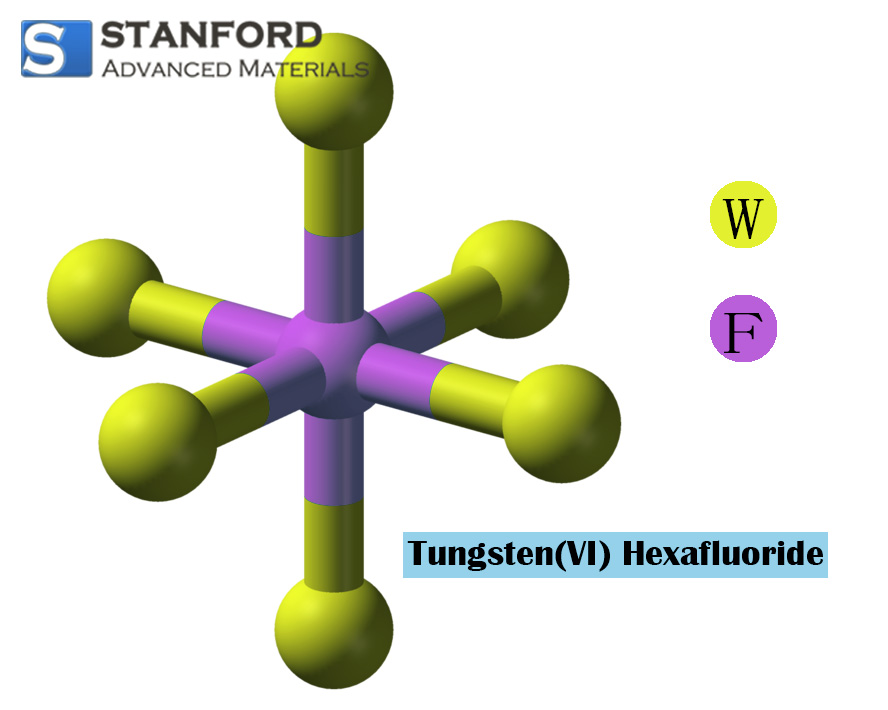SDS Of Lithium Chloride
1: Product Designations
Product designation: Lithium chloride
CAS No.: 7447-41-8
Relevant identified uses of the substance or mixture and uses that are not recommended
Identified uses: Laboratory chemicals, manufacture of substances
Details of the supplier of the Safety Data Sheet
Manufacturer/Supplier:
Stanford Advanced Materials
23661 Birtcher Dr.
Lake Forest, CA 92630
Telephone: (949) 407-8904
Fax: (949) 812-6690
E-Mail: sales@SAMaterials.com
2: Identification of Hazards
2.1 Classification of the substance or mixture
Classified in accordance with Regulation (EC) No. 1272/2008
Acute toxicity
Skin irritation
Eye irritation
2.2 Labelling elements
Labelled in accordance with Regulation (EC) No. 1272/2008
2.3 Other hazards
This substance/mixture does not contain any components that are either persistent, bioaccumulative and toxic (PBT) or very persistent and very bioaccumulative (vPvB) in concentrations of 0.1 % or higher.
3: Composition/Information on Constituents
3.1 Ingredients
Formula: ClLi
Molecular weight: 42.39 g/mol
CAS No.: 7447-41-8
EC No.: 231-212-3
4: First-Aid Measures
4.1 Description of First-Aid Measures
General advice
Seek medical advice. Provide the attending physician with this Safety Data Sheet.
If inhaled
Move the person to fresh air. If breathing ceases, administer artificial respiration. Consult a doctor.
In case of skin contact
Wash with soap and plenty of water. Seek medical advice.
In case of eye contact
Rinse cautiously with water for at least 15 minutes and seek medical advice.
If ingested
Never give anything by mouth to an unconscious person. Rinse mouth with water. Seek medical advice.
5: Firefighting Measures
5.1 Suitable extinguishing media
Use spray water, alcohol-resistant foam, dry chemical powder or carbon dioxide.
5.2 Specific hazards arising from the substance or mixture
Hydrogen chloride gas, lithium oxides
Hydrogen chloride gas, lithium oxides
5.3 Advice for firefighting
When fighting a fire, wear a breathing apparatus that is independent of the ambient air, if necessary.
5.4 Further information
No data available
6: Accidental Release Measures
6.1 Personal precautions, protective equipment and emergency procedures
Use suitable personal protective equipment. Avoid the formation of dust. Consequently, avoid the inhalation of vapours, mists or gas. Ensure adequate ventilation. Avoid inhaling dust.
6.2 Environmental precautions
Do not allow the product to enter the sewer.
6.3 Methods and materials for containment and cleaning up
Collect and dispose of in a dust-free manner. Sweep and scoop up. Retain in appropriate, sealed containers for disposal.
7: Handling and Storage
7.1 Precautions for safe handling
Avoid contact with skin and eyes. Prevent the formation of dust and aerosols.
Provide adequate extraction in areas where dust is generated.
7.2 Conditions for safe storage, including any incompatibilities
Store in a cool place. Keep the container tightly closed in a dry and well-ventilated area.
Hygroscopic – treat and store under inert gas.
Storage class (TRGS 510): Non-flammable solids
8: Exposure Control/Personal Protective Equipment
8.1 Control parameters
8.2 Exposure controls
Employ suitable technical controls. Given that proper occupational hygiene and safety practices are used, wash hands before breaks and at the end of the working day.
Personal protective equipment
Eye/face protection
Use safety goggles with side protection conforming to EN166. Use protective devices that are tested and certified as required by state regulations such as NIOSH (USA) or EN 166 (EU).
Skin protection
Handle with gloves.
Wash and dry hands.
Body protection
Wear a full protective suit against chemicals. The type of protective equipment must be selected according to the concentration and quantity of the hazardous substance in the workplace.
Respiratory protection
Monitor the environmental exposure.
Do not allow the product to enter the sewer.
9: Physical and Chemical Properties
9.1 Information on the basic physical and chemical properties
a) Appearance – form: crystalline; colour: white
b) pH: 6
c) Melting/Freezing point: 605 °C
d) Initial boiling point and boiling range: 1 360 °C
e) Relative density: 2 070 g/cm³
f) Solubility in water: Soluble
g) Partition coefficient (octanol/water) – log P: -2.7
9.2 Other safety information
Bulk density: 530 kg/m³
10: Stability and Reactivity
10.1 Reactivity
No data available
10.2 Chemical stability
Stable under the recommended storage conditions.
10.3 Possibility of hazardous reactions
No data available
10.4 Conditions to avoid
No data available
10.5 Incompatible materials
Strong acids, strong oxidising agents, bromotrifluoride
10.6 Hazardous decomposition products
Hazardous decomposition products formed under fire conditions: hydrogen chloride gas, lithium oxides
Other decomposition products: No data available
Hazardous decomposition products generated under fire conditions: hydrogen chloride gas, lithium oxides
11: Toxicological Information
11.1 Information on toxicological effects
Acute toxicity
LD50 Oral – rat – 526 mg/kg (Lithium chloride)
Corrosive/irritant effect on the skin
Test on rabbit (Lithium chloride)
Result: Skin irritation
Severe eye damage/eye irritation
Test on rabbit (Lithium chloride)
Result: Eye irritation
12: Ecological Information
12.1 Toxicity
12.2 Persistence and degradability
No data available
12.3 Bioaccumulation potential
No data available
12.4 Mobility in soil
No data available (Lithium chloride)
12.5 Results of the PBT and vPvB assessment
This substance/mixture does not contain any components that are either persistent, bioaccumulative and toxic (PBT) or very persistent and very bioaccumulative (vPvB) in concentrations of 0.1 % or higher.
12.6 Other adverse effects
No data available
13: Disposal Considerations
13.1 Waste treatment methods
Product
Offer surplus and non-recyclable solutions to an authorised waste disposal contractor. Dissolve or mix the material with a combustible solvent and incinerate in a chemical incinerator.
Contaminated packaging
Dispose of as unused product.
14: End of the Data Sheet
This Safety Data Sheet is provided solely for your information, consideration and investigation. Stanford Advanced Materials does not provide any express or implied warranties and assumes no liability for the accuracy or completeness of the data contained herein.

 Bars
Bars
 Beads & Spheres
Beads & Spheres
 Bolts & Nuts
Bolts & Nuts
 Crucibles
Crucibles
 Discs
Discs
 Fibers & Fabrics
Fibers & Fabrics
 Films
Films
 Flake
Flake
 Foams
Foams
 Foil
Foil
 Granules
Granules
 Honeycombs
Honeycombs
 Ink
Ink
 Laminate
Laminate
 Lumps
Lumps
 Meshes
Meshes
 Metallised Film
Metallised Film
 Plate
Plate
 Powders
Powders
 Rod
Rod
 Sheets
Sheets
 Single Crystals
Single Crystals
 Sputtering Target
Sputtering Target
 Tubes
Tubes
 Washer
Washer
 Wires
Wires
 Converters & Calculators
Converters & Calculators
 Write for Us
Write for Us
 Chin Trento
Chin Trento


